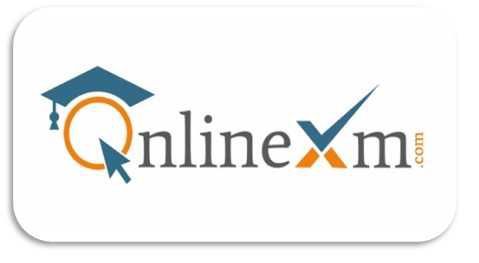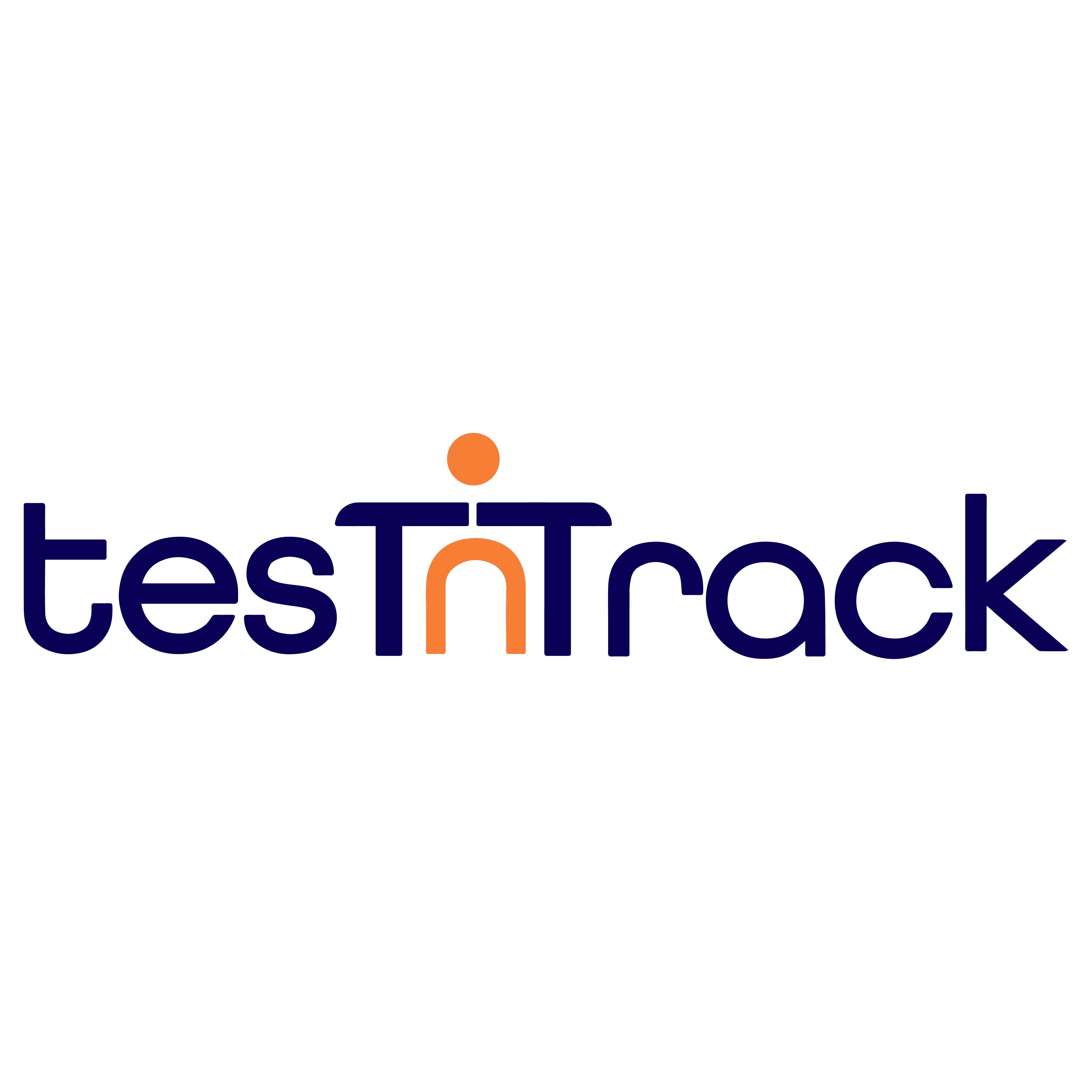Description

Onlinexm

TestReach
Comprehensive Overview: Onlinexm vs TestReach
Onlinexm and TestReach: Comprehensive Overview
a) Primary Functions and Target Markets
Onlinexm:
-
Primary Functions:
- Onlinexm is a comprehensive online examination platform designed to create, manage, and evaluate examinations efficiently. Its functionalities include exam creation, question bank management, automated grading, and detailed reporting. It caters to various examination types, including multiple-choice, descriptive, and practical exams.
- Additional features often include student performance analytics, custom branding for educational institutions, and integration capabilities with existing Learning Management Systems (LMS).
-
Target Markets:
- Educational Institutions: Schools, universities, and colleges seeking a robust solution for conducting online exams.
- Corporate Sector: Organizations requiring employee assessments, certifications, and compliance training evaluations.
- Coaching Centers and Certification Bodies: Entities providing specialized training and certification exams.
TestReach:
-
Primary Functions:
- TestReach is a cloud-based platform offering end-to-end exam solutions, focusing heavily on scalability and security. Its features include exam authoring, secure delivery, extensive proctoring options (live and automated), and robust reporting tools.
- TestReach provides a comprehensive solution for both high-stakes exams and low-stake assessments, emphasizing flexibility and a wide range of assessment types.
-
Target Markets:
- Professional Certification Bodies: Organizations requiring secure, high-stakes exam management.
- Higher Education Institutions: Universities and colleges offering remote learning and exams.
- Corporate Sector: Companies with a need for secure compliance testing and certification processes.
b) Market Share and User Base
Onlinexm:
- Market Share: Onlinexm holds a smaller market share compared to more established players due to its focus on specific niches such as coaching centers and smaller educational institutions.
- User Base: It likely has a concentrated user base within regions where such niche markets are more prevalent, potentially in localized markets.
TestReach:
- Market Share: TestReach has a larger and more diversified market share due to its broad adoption by professional bodies and higher education institutions seeking secure, robust exam solutions.
- User Base: Its user base is global, spanning numerous industries due to its recognized security protocols and comprehensive features, making it a preferred choice for high-stakes exams.
c) Key Differentiating Factors
-
Onlinexm:
- Flexibility and Custom Solutions: Onlinexm offers more flexibility in customizing exam solutions, which can be advantageous for smaller institutions and coaching centers looking to tailor software specifically to their needs.
- Cost-Effectiveness: It may offer more cost-effective solutions for organizations with tight budgets or smaller-scale examination requirements.
-
TestReach:
- Security and Integrity: TestReach is known for its robust security measures, particularly its proctoring capabilities, which cater to high-stakes examinations requiring stringent compliance and integrity assurances.
- Scalability: Designed to handle a large volume of exams simultaneously, making it suitable for larger institutions or organizations with a global student or employee base.
- Comprehensive Feature Set: A wide range of assessment types and a blend of proctoring methods make it versatile for various examination needs.
In summary, while both Onlinexm and TestReach cater to online examinations, their approach, and market focus differ significantly. Onlinexm is ideal for niches requiring tailored, cost-effective solutions, whereas TestReach serves a broader market with a focus on secure, scalable, and versatile exam environments.
Contact Info

Year founded :
Not Available
Not Available
Not Available
Not Available
Not Available

Year founded :
2014
Not Available
Not Available
Ireland
Not Available
Feature Similarity Breakdown: Onlinexm, TestReach
To provide a feature similarity breakdown for Onlinexm and TestReach, let's evaluate the key aspects as requested:
a) Core Features in Common
-
Online Examination Platform: Both Onlinexm and TestReach are designed to facilitate online examinations, serving educational institutions, certification bodies, and professional organizations.
-
Question Bank Management: They offer robust question bank management systems that allow educators to create, store, and organize a wide range of question types.
-
Automated Proctoring: Both platforms provide proctoring solutions to ensure test integrity. Automated proctoring capabilities include identity verification, monitoring, and suspicious activity detection.
-
Customizable Tests: Users can create customized tests tailored to specific requirements, including randomization of questions, time limits, and different difficulty levels.
-
Reporting and Analytics: They provide comprehensive analytics and reporting features to help organizations track performance, analyze trends, and gain insights into exam results.
-
Multi-Device Compatibility: Both platforms are accessible across multiple devices, ensuring candidates can take exams on computers, tablets, or smartphones.
b) User Interface Comparison
-
Onlinexm: The user interface of Onlinexm is designed to be intuitive and user-friendly, focusing on straightforward navigation, which is particularly beneficial for users with limited technical expertise. It emphasizes a clean, minimalistic design with easy access to essential features.
-
TestReach: TestReach also offers an intuitive interface, but it is tailored more towards organizations and professionals needing high-stakes assessments. The platform tends to have a more feature-rich interface due to its focus on scalability and robustness, potentially appearing more complex to new users.
Both interfaces prioritize ease of use but are designed with different user bases in mind—Onlinexm for simplicity, TestReach for comprehensive control and features.
c) Unique Features
-
Onlinexm:
- Adaptive Learning: Some variations of Onlinexm provide adaptive testing capabilities that adjust the difficulty of questions based on the examinee's performance.
- Integration with Education Systems: Onlinexm offers seamless integration with popular learning management systems (LMS), enhancing its utility in educational environments.
-
TestReach:
- Live Remote Invigilation: In addition to automated proctoring, TestReach features live remote invigilation options, where human invigilators can oversee exams in real-time.
- Advanced Security Features: TestReach offers advanced security measures such as lockdown browsers and enhanced identity verification steps to maintain exam integrity.
- Enterprise-Level Capabilities: It supports large-scale deployments suitable for enterprises, with tailored solutions for mass assessments and global reach.
Each platform offers a distinct set of capabilities that may appeal to different segments within the education and professional certification sectors. Onlinexm might be preferred for more straightforward education needs, while TestReach caters to complex, high-stakes, professional assessment requirements.
Features

Not Available

Not Available
Best Fit Use Cases: Onlinexm, TestReach
Onlinexm and TestReach are platforms designed for online examination and assessment management, but they cater to different needs and scenarios. Here's a breakdown of their best fit use cases:
a) Onlinexm
Best Fit Use Cases:
-
Educational Institutions:
- Onlinexm is ideal for schools, colleges, and universities looking to conduct online exams for students. It can handle a wide array of question types and supports multiple languages, making it suitable for diverse educational setups.
-
Corporate Training Programs:
- Companies that need to assess the skills and progress of their employees through routine assessments and certifications would find Onlinexm highly useful. Its features allow for easy customization and handling of large groups.
-
Tutoring and Coaching Centers:
- These centers can use Onlinexm to create mock tests, entrance exams, and skill assessments tailored to the specific needs of their students. The platform’s flexibility allows it to cater to various competitive exams.
Industry Verticals and Company Sizes:
- Onlinexm is well-suited for small to medium-sized educational organizations, training providers, and enterprises looking for a cost-effective and scalable solution for assessment needs.
b) TestReach
Preferred Scenarios:
-
High-Stakes Professional Examinations:
- TestReach is best suited for organizations needing to conduct secure, high-stakes exams such as professional certifications and licensure globally. The platform emphasizes rigorous security measures which are crucial for maintaining the integrity of these exams.
-
Remote and Invigilated Testing Needs:
- Businesses that require remote proctoring for their assessments can leverage TestReach’s advanced invigilation technology. Its real-time monitoring capabilities ensure the exam process remains secure.
-
Complex and Custom Assessments:
- Companies or industries that focus on specialized qualifications, custom testing, or detailed analytics would benefit from the comprehensive feature set of TestReach. This includes detailed reporting and AI-driven proctoring.
Industry Verticals and Company Sizes:
- TestReach is highly suitable for large enterprises, government agencies, professional bodies, and global organizations that demand high security, reliability, and comprehensive features for their assessment platforms.
Catering to Different Industry Verticals and Company Sizes
-
Onlinexm is typically more appealing to smaller and medium-sized entities due to its simplicity and cost-effectiveness. It's well-positioned for educational and training purposes where the stakes may not require extreme security measures.
-
TestReach caters to a broader spectrum, including larger organizations and industries with stringent compliance and security needs. Its features meet the demands of complex testing environments and large-scale operations.
In conclusion, the choice between Onlinexm and TestReach largely depends on the complexity, security requirements, and scale of the organization’s testing needs. While Onlinexm is great for educational and smaller corporate training purposes, TestReach is better suited for high-stakes and complex assessment scenarios typical of large organizations and professional bodies.
Pricing

Pricing Not Available

Pricing Not Available
Metrics History
Metrics History
Comparing undefined across companies
Conclusion & Final Verdict: Onlinexm vs TestReach
To provide a conclusion and final verdict on Onlinexm and TestReach, let's systematically address each of the points:
a) Overall Best Value
TestReach offers the best overall value primarily due to its robust feature set that caters to a wide variety of exam types and formats. It provides an end-to-end solution with integrated remote proctoring, which is essential for secure online examinations. While it might be priced higher than Onlinexm, its comprehensive capabilities, including its adaptability and scalability, justify the investment for organizations that require a reliable and secure assessment platform.
Onlinexm, on the other hand, offers a more budget-friendly option, which might be suitable for smaller organizations or educational institutions with less demanding needs or those already employing separate proctoring solutions.
b) Pros and Cons
TestReach
Pros:
- Offers seamless remote proctoring integrated within its platform, providing high-security standards.
- Flexible exam creation with various question types and multimedia support.
- Scalable and suitable for organizations of varying sizes, including large enterprises and academic institutions.
- Comprehensive reporting and analytics tools.
Cons:
- Higher cost, which may not be feasible for smaller organizations or institutions with tighter budgets.
- Some users might face a steep learning curve initially due to its extensive features.
Onlinexm
Pros:
- Cost-effective, making it accessible for smaller institutions or organizations with limited budgets.
- User-friendly interface that is easier to navigate for both exam creators and candidates.
- Provides basic exam functionalities suitable for straightforward examination needs.
Cons:
- Lacks integrated remote proctoring, which might necessitate additional tools for secure testing.
- Limited advanced functionalities compared to TestReach, potentially unsuitable for more complex assessment needs.
c) Recommendations
-
For Organizations Prioritizing Security and Robust Features: TestReach is recommended due to its integrated proctoring and comprehensive feature set. It is particularly suitable for larger organizations or those conducting high-stakes exams.
-
For Budget-Conscious Institutions: Onlinexm should be considered. It's ideal for smaller educational institutions or organizations with straightforward examination requirements and without immediate security concerns.
-
Assess Specific Requirements: Users should evaluate their specific assessment needs, including the level of security required, budget constraints, and the complexity of exams, before deciding.
In conclusion, while TestReach offers a more comprehensive solution, Onlinexm provides a viable alternative for those with limited needs and resources. Choosing between the two should be guided by the specific requirements and budget of the organization or institution.
Add to compare
Add similar companies



